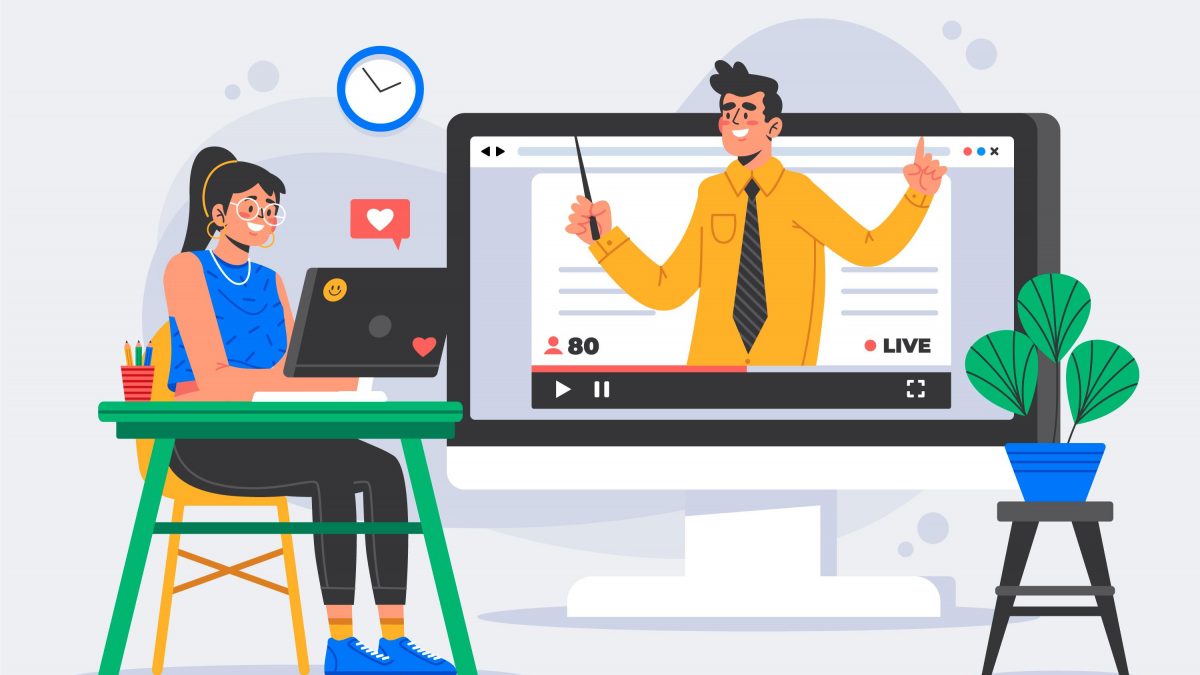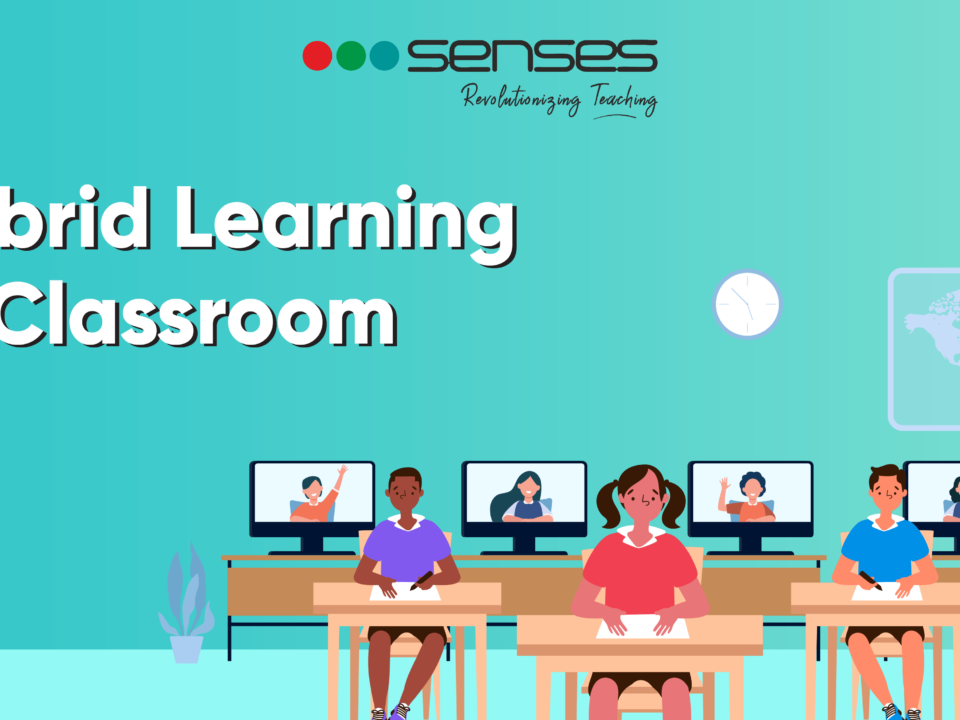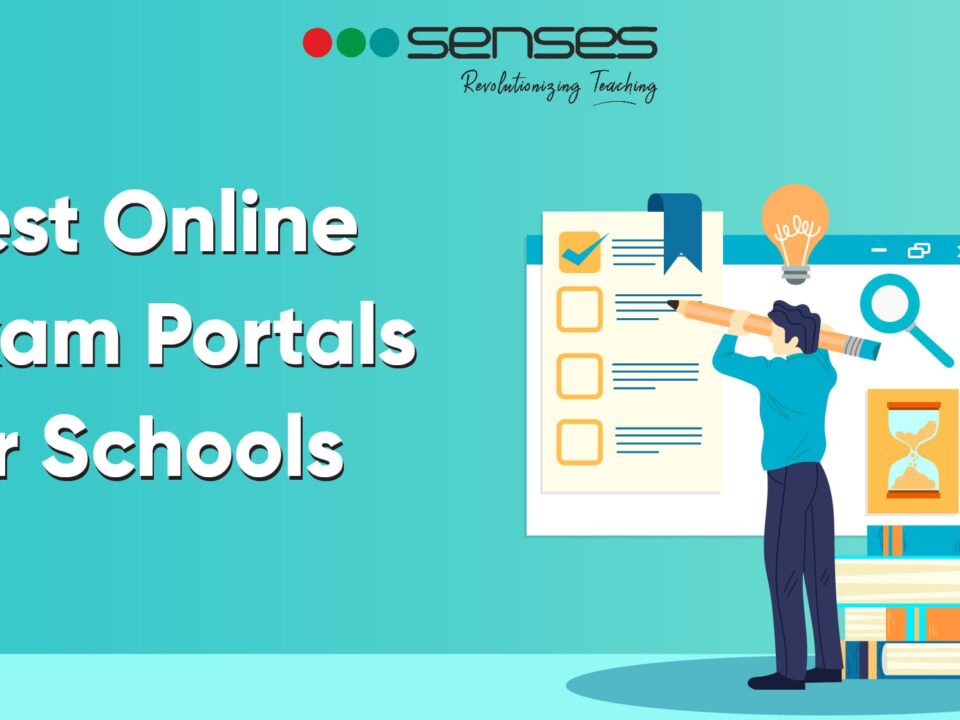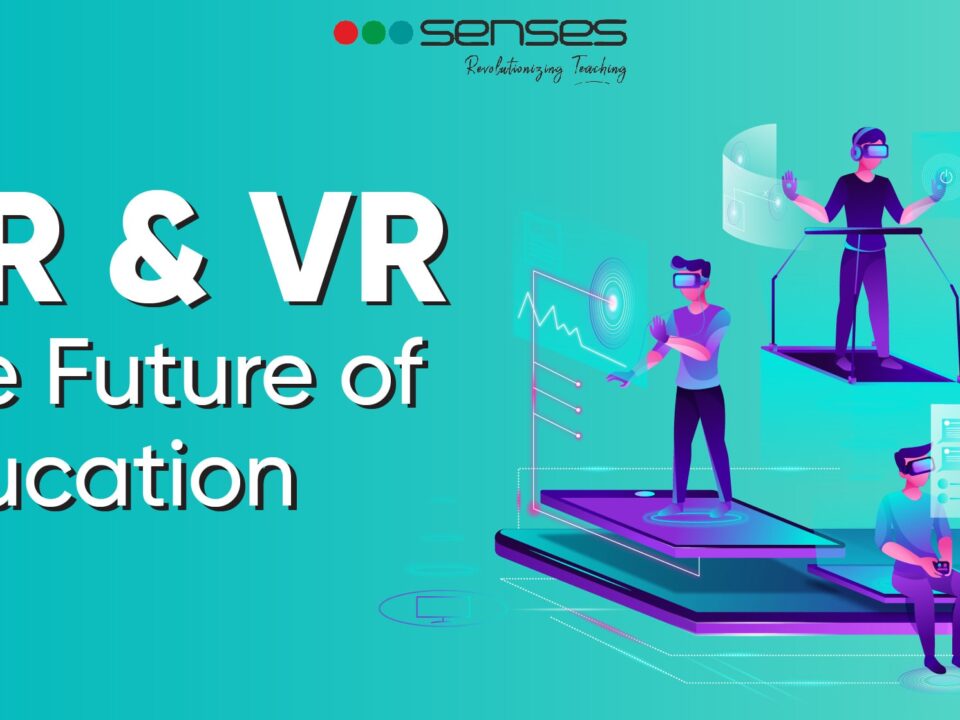5 Strategies That Support Personalized Learning

5 Strategies That Support Personalized Learning
While teaching in a classroom, teachers can’t always stop the entire class just to help one or two students who have fallen behind. In any case, they can’t ignore students who learn at a different pace. This has forced the education system to think of a learning method that depends on the potential of a student, and so the concept of personalized learning came into existence. In the present classroom, a one-size-fits-all approach is going by the wayside. Personalized learning provides each student with the best chance at mastering important concepts, and that’s what teachers want to see! By concentrating on the most common learning styles when teaching, they can help students reach their maximum potential.
Personalized learning may appear like a daunting task for educators. Finding the best way for every student to learn can seem both too complicated and also unnecessary. However, when approached with the right mindset, personalized learning can be practised quickly. The objective is to help each student succeed in a manner best suited to their unique ways.
Let’s have a look at some of the most effective and widely used personalized learning strategies,
1. Train teacher
The initial step in building a personalized learning program is educating your teachers. When teachers completely understand the process, assessments, methods, tech, and goals involved, then personalized learning can run smoothly.
However, when teachers are not trained, your personalized learning program won’t function properly.
So, before you begin, get together with your teachers to discuss ideas, study personalized learning methods, and set up steps to execute this type of program together.
Then, send teachers on particular training to make personalized learning part of their everyday work life.
It’s essential that teachers understand how to assess the interests, strengths, and weaknesses of each and every student. Then, they are able to place them effectively in their own personalized learning process.
2. Visual Teaching
As we know visuals have better effect on mind compared to other methods of learning. There is a type of students that do best with information that is presented visually, and there is no shortage of options for bringing great visual learning opportunities into your classroom. If your goal is to help your students practice writing, for example, then they should benefit from watching short videos or observing an illustration and then writing about what they saw in visuals. You could even arrange a series of pictures either hard copy or digital copy that tell a story regarding the material and ask students to write their own narrative based on what they see.
Using methods of personalized learning can be very beneficial for these learners. The platform offers aesthetically pleasing visuals and full customization, permitting you to easily use it for whatever lesson you’re teaching.
3. Allow students to take decisions
Learners who are allowed to have a say in their own learning experience develop essential skills like self-advocacy. When given the opportunity to take part in goal setting within the classroom, students are also motivated more to achieve those goals.
Personalizing content delivery and interaction additionally helps students improve by giving them power to control their own learning environment.
For example, your class is writing persuasive essays. One option is to let children pick from a list of topics or select their own topic and get it approved. When students have the chance to choose a topic about which they are passionate, they become considerably more engaged in the material.
Allowing this kind of personalized learning gives students the ability to choose the process that best suits their requirements.
4. Build personalized learning playlists
At the point when teachers use playlists for self-guided learning activities, students are enabled to choose the types of learning activities that work best for them. This helps each student to do their best work every day.
So, how does a personalized learning playlist work?
First, teachers set a rotation of learning activities regarding a topic. These could be individual learning activities, group collaboration, digital content, or P2P activities.
The choice of activity can be totally up to the student, giving them the freedom to choose whichever type of learning activity works best for them.
To ensure each student is doing the right amount of work, assign a point value to each activity and set a base point requirement. That way, students accomplish all the necessary learning but are permitted to do so in their own manner and at their own pace.
Lastly, teachers can set learning checkpoints where every student are required to exhibit their mastery over a particular subject before moving on to the next step.
Allowing students to interact as peers or even complete assignments solo gives teachers significant time to spend with students who need extra instruction.
5. Classroom design
The time where a class consisted of rows of desks facing a teacher are gone. Rather, class design is thoroughly considered more to meet the needs of diverse groups of students. Not all students can sit still for extended periods of time; incorporate standing platforms or exercise balls to allow for better concentration. Add movement to classroom infrastructure so that there are different spaces for different subjects. Comfortable seats for reading time and natural light from windows provide ideal learning environments so that students can better concentrate on the task at hand.
Concluding Lines
Every individual in a school learns at a different pace. Each one has needs and interests that are particular to their unique learning style.
Implementing a personalized learning program gives all of them the capability to learn at their own pace, and in the way, that is best for them.



